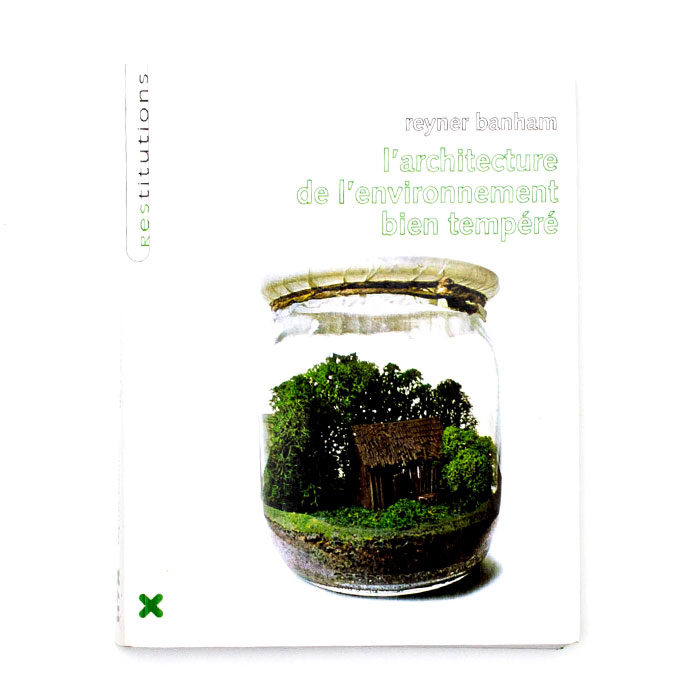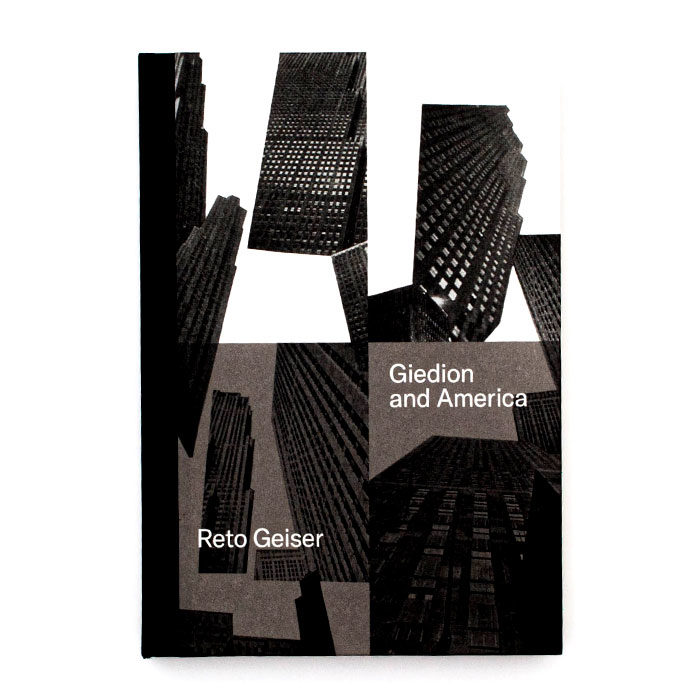Le Corbusier, Béton Brut and Ineffable Space, 1940-1965
Roberto Gargiani & Anna Rosellini
Note of the editor:
This groundbreaking essay on Le Corbusier provides a new perspective that is based on exhaustive archival research and the study of neglected or completely unknown documents stored at the Fondation Le Corbusier. This source of documents has proven to be extremely valuable, with information on the aesthetic principles of Le Corbusier during the post World-War-II period, explaining his manner of defining the final artistic quality of the work directly at the construction site, as if he were dealing with a sculpture or tableau.Béton brut, a term invented by Le Corbusier himself at the beginning of the 1950s to designate his own particular use of exposed concrete, is analyzed from all angles for the first time: its fabrication with a rigorous selection of its constituent materials; its final form and positioning of the formwork in order to obtain the desired textural imprint; and the treatment of the surface with special types of paint. The essay also delves into the project management and the construction of several buildings in the period 1940-1965. Each worksite, from the Unité d’Habitation (Housing Unit) at Marseille to the city of Chandigarh, and also including the Tokyo museum, the Carpenter Center in Cambridge and the Unité d’Habitation at Berlin, are analyzed in detail. In this volume, the associates, the enterprises, and even the masons become the actors of a complex creative process that Le Corbusier directs with mastery. All the forms of artistic expression that converge into what Le Corbusier defines as the espace indicible (ineffable space) are commented and documented, from the insertion of the basic materials such as the tapestries and paint in the qualification of these spaces, to the way in which photography is used to study the unexpressed potentialities of his own architecture and paintings. Indeed, Le Corbusier was able to integrate, in the genesis of the space and in the quality of the construction materials, the principle contemporary artistic phenomena, such as the automatisms of Breton and Dubuffet, the musique concrète of Varèse, Klein’s research on monochrome art, Pop Art and the transfer concept. It is thus a new vision that the essay reveals about the last and fundamental works of Le Corbusier which have, paradoxically, been less studied than his earlier work. In this volume, the questions of optics, artistic vision, and the psychophysiology of perception are studied, at last, in parallel with the technical questions of the materials used in his various works. This approach reveals the existence of a series of theoretical questions about the artistic process, ignored until now, that are shown to be indispensable for the complete understanding of the work of Le Corbusier during the period following World War II.
/informations
| Poids | 1.7 kg |
|---|---|
| langue | |
| Type de produit |
CHF 140.00
/commande
L’article que vous recherchez n’est pas dans notre assortiment? Notre équipe le commandera volontiers pour vous.





